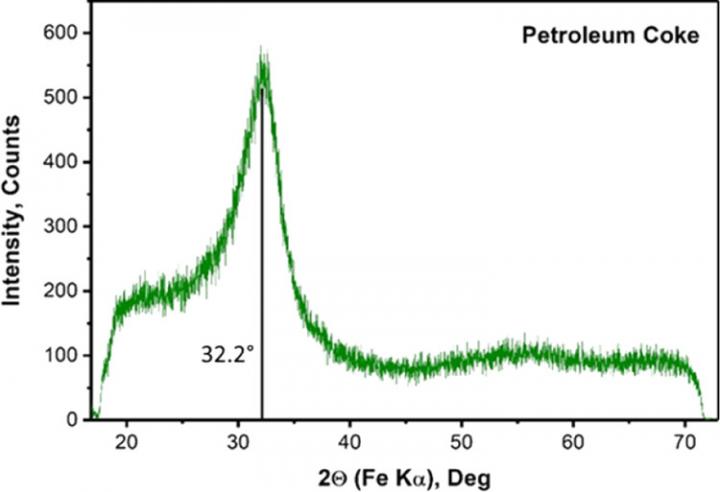The publication saw light in ACS Omega

Credit: Kazan Federal University
There was a time when mazut was the final stage of oil refining; however, with technology becoming more efficient, the main residue from refining is now petroleum coke. Scientists are looking for ways to use coke in the industry, and it’s no easy task. As of now, it is mostly being stored in landfills.
“Petroleum coke is not easily combustible because of its graphite-like structure,” says co-author Emil Sayfullin. “Graphite burns at 700 C, and petroleum coke, depending on its composition, starting from 450 C. It’s difficult and not financially viable to reach some temperatures, so we look for ways to decrease the combustion temperatures with catalysts.”
In this paper, the researchers used the so-called “fixed fluidized bed” to study catalyst activity.
Sayfullin explains, “The gist of the technology is to make every particle levitate in air. For instance, if we pour coal powder into a sieve and then blow air from below the sieve, the powder particles will levitate and disintegrate into myriads of smaller parts. The goal is to provide maximum air contact with the compound to enhance combustion.”
The second problem with coke is that it contains all the metals that are present in petroleum, which also can have unpredictable effects on burning.
The fixed fluidized bed technology is already widely used overseas, but is relatively new for the Russian oil industry. To improve it, the KFU scientists mixed coke particles with quartz sand. This created a sort of a “freeze” in the porous layer and simplified the study of the kinetics of petroleum coke combustion in the presence of catalysts.
###
Media Contact
Yury Nurmeev
[email protected]
Original Source
https:/
Related Journal Article
http://dx.




